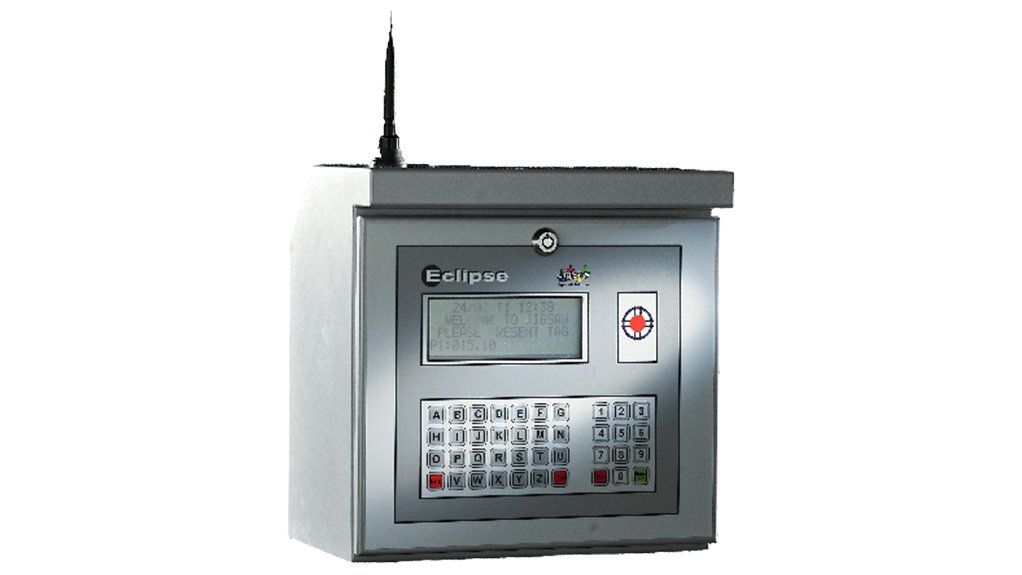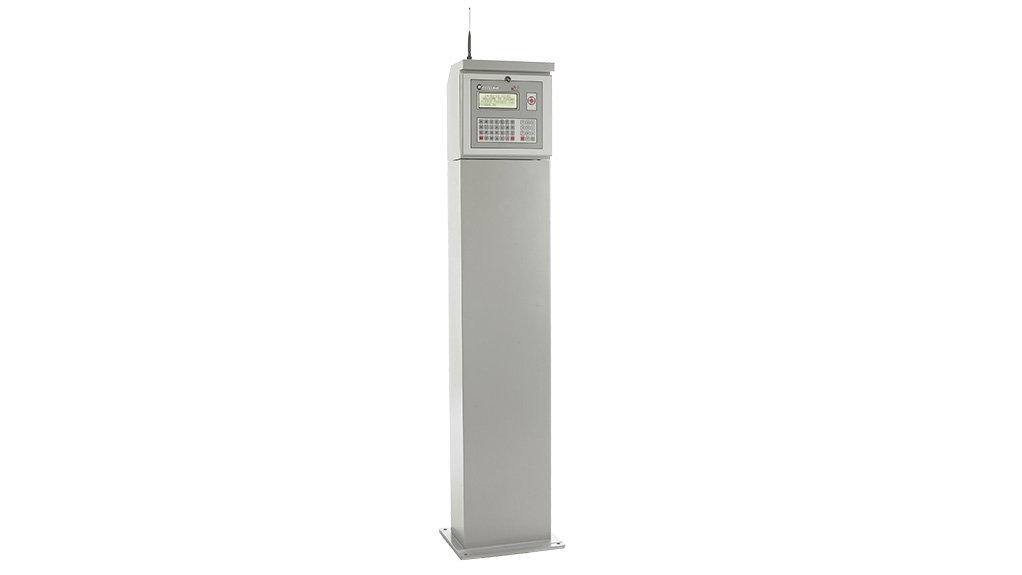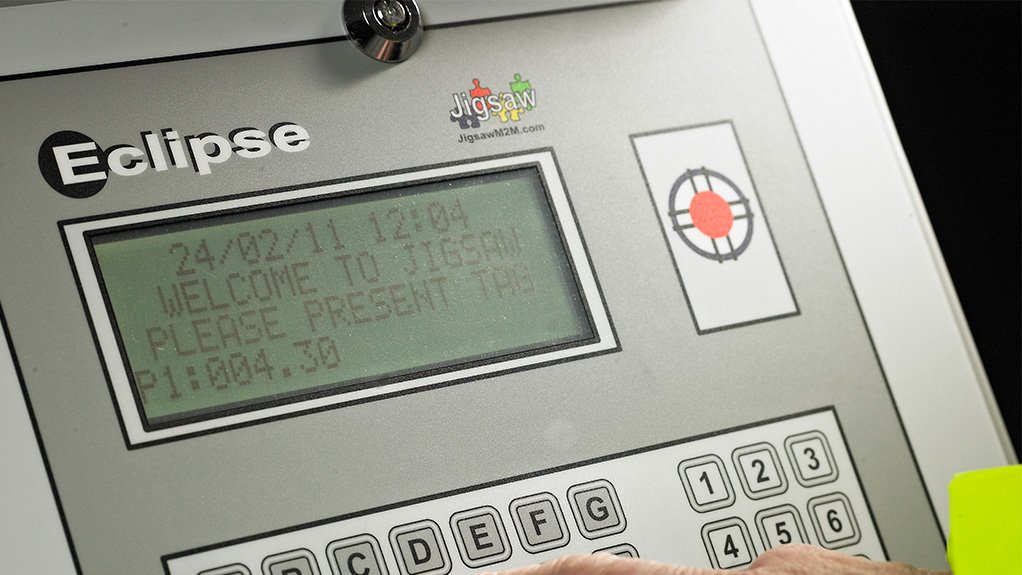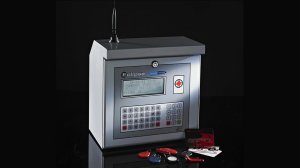Not Just Another Fuel System – The Jigsaw Cloud-Based Fuel Management Technology
The fuel management industry has undergone a sea of change in the last 10 years. With the advent of a reliable mobile phone data network and universal access to the internet, the industry has revolutionized from “once a day”, computer software based polled solutions to Real Time Web Based solutions. Jigsaw was started specifically to design and supply this new type of system. Many of the existing suppliers have tried to adapt the older third generation systems to work in real time with varying degrees of success. Most have simply moved from polling once a day to once per hour, then using the customers own intranet to spread the data through the company.
The Jigsaw system has integrated real time communications to a centrally hosted server, thus removing any need for onsite system management, software upgrades, integration with third party networks, and any compromise of the end user’s network security.
How the Jigsaw System Works
The system has two main components – the onsite pump control hardware with user interface (Fuel Island Terminal), and the server-based software system. The two are connected using the GSM Data network and the Internet. The fuel access sequence starts with an ID being presented to the fuel island terminal (FIT). The ID is read, and the details are sent to the server for verification. The server validates the ID, then responds with details which will govern the rest of the user interaction. The response contains data such as the maximum delivery, the last recorded mileage of the vehicle and the types of fuel deliverable. The user inputs any additional information required, and the selected pump is turned on. At the end of the fuel delivery, the details are collated and uploaded immediately to the server. The server displays this data and decrements the stock in the tank so that there is always a live view of tank stock levels. If an electronic tank gauge is fitted, then the current gauge reading for the relevant tank is also forwarded with the fuelling details for real time comparison with the system stock book.
The system measures fuel by monitoring a dispenser or pump. The flow of fuel is turned in to a stream of pulses by a meter fitted with an electronic pulsar. This arrangement generates (typically) 10 or 100 pulses per litre of fuel. The accuracy of the system is absolute as far as counting the pulses, but there will always be a range of accuracy generated by the measuring hardware used. Forecourt style pumps can be adjusted to be better than 0.5% repeatably accurate. Bulk meters may be adjusted to a similar level, but are dependent on the flow rate of the fuel, losing accuracy at extremely low or high flow rates.
As with any fuel management system, the accuracy of the fuel measurement is governed by the accuracy of the pump or dispenser which is delivering the fuel. Typically, a pump pulsar will give 100 pulses per litre – the fuel management system is digital and hence counts every pulse presented. The accuracy of the pump is governed by the quality of the pump installed, the accuracy of the pump calibration, and the amount of wear of components over time.
A Fuel management system will be expected to operate 24 hours a day, 365 days a year with only minimal downtime for servicing. The most common cause of failure of the system is user abuse, but the systems have been designed to be as resilient as possible. The only moving part of the user interface is the keypad and this has been designed to be simple and robust. The system uses sealed switches rather than a low-cost membrane or touch technologies prone to failure. The system power supply can accept a wide range of voltages to protect against brown outs, and uses switch mode technology to avoid issues from voltage spikes.
From the point that an ID device is applied to the fuel island controller, the system will always generate a fuelling event – even if no fuel is drawn. All communication details of the authorisation request and response are logged. If power fails whilst fuelling, the system has a battery backup. The fuel pump is turned off and the flow allowed to run down for a few seconds. After this period, the fuel delivered is stored in non-volatile memory in the FIT. Once power has been restored, the system forwards the fuelling to the server, marking the unusual event as a “Power Fail Whilst Fuelling” event so that the circumstances may be investigated. If there is an external fault which means that the system is not receiving pulses for the fuel delivered, then the system will automatically shut off the pump after a sequence of zero deliveries.
All Data is stored in a central server. The server has triple RAID arrays, battery and generator backup and halide fire suppressant systems. The system is housed in 2 level secure cages and is on a secure server farm with 24 Hour guards. The primary server is backed up to a secondary server on a second secure site. The system conforms to European GDPR guidelines which means that the system requires no personal data storage to operate. User access to data is protected by password with defined levels of access settable against each user. The web service is secure and uses HTTPS security protocols.
Jigsaw keep system security under constant review and generates a security document each quarter following scheduled reviews.
In the past, a fuel management system was expected to last around 7 to 10 years before time and technology rendered it obsolete. The Jigsaw approach has been to make a product with an indefinite useful life, by making sure the original enclosure will last for many years and that any replacement parts are backward compatible with the enclosure. For example, the original first-generation Eclipse Unit’s component parts, although once state-of-the-art technology at the time, eventually became outdated. The Eclipse 2 product was thus developed using the latest upgraded parts and this can be retrofitted to the original enclosures of the old Eclipse Unit, ensuring the system keeps delivering for many years to come. Communications technologies are constantly changing with 2G, Edge, 3G, 4G, 5G all superseding each other. The modular design of the communication element of the system means that it can be replaced easily without affecting other parts of the system should it become necessary.
Jigsaw started with a concept of developing real time, web-based fuel management as the next logical generation of this type of system. Starting with a clean drawing board we put together the best components and processes, developed robust software, and housed everything in a secure and environmentally appropriate enclosure. The web service was developed avoiding the very latest (and usually still being debugged) development environments to ensure that what we developed was robust and reliable and would stand the test of time. Jigsaw are market leaders in real time, web-based fuel management with systems deployed around the globe.
The JIGSAW Fuel Management Technology is brought to you by African Mining Services Inc, you can contact us directly at info@ams.sc or visit our website, www.ams.sc to find out more.
Comments
Press Office
Announcements
What's On
Subscribe to improve your user experience...
Option 1 (equivalent of R125 a month):
Receive a weekly copy of Creamer Media's Engineering News & Mining Weekly magazine
(print copy for those in South Africa and e-magazine for those outside of South Africa)
Receive daily email newsletters
Access to full search results
Access archive of magazine back copies
Access to Projects in Progress
Access to ONE Research Report of your choice in PDF format
Option 2 (equivalent of R375 a month):
All benefits from Option 1
PLUS
Access to Creamer Media's Research Channel Africa for ALL Research Reports, in PDF format, on various industrial and mining sectors
including Electricity; Water; Energy Transition; Hydrogen; Roads, Rail and Ports; Coal; Gold; Platinum; Battery Metals; etc.
Already a subscriber?
Forgotten your password?
Receive weekly copy of Creamer Media's Engineering News & Mining Weekly magazine (print copy for those in South Africa and e-magazine for those outside of South Africa)
➕
Recieve daily email newsletters
➕
Access to full search results
➕
Access archive of magazine back copies
➕
Access to Projects in Progress
➕
Access to ONE Research Report of your choice in PDF format
RESEARCH CHANNEL AFRICA
R4500 (equivalent of R375 a month)
SUBSCRIBEAll benefits from Option 1
➕
Access to Creamer Media's Research Channel Africa for ALL Research Reports on various industrial and mining sectors, in PDF format, including on:
Electricity
➕
Water
➕
Energy Transition
➕
Hydrogen
➕
Roads, Rail and Ports
➕
Coal
➕
Gold
➕
Platinum
➕
Battery Metals
➕
etc.
Receive all benefits from Option 1 or Option 2 delivered to numerous people at your company
➕
Multiple User names and Passwords for simultaneous log-ins
➕
Intranet integration access to all in your organisation





























